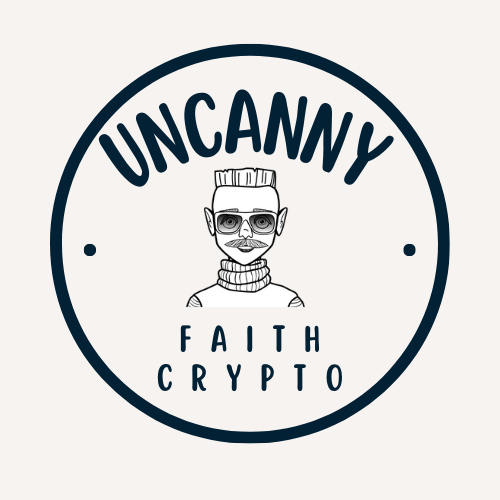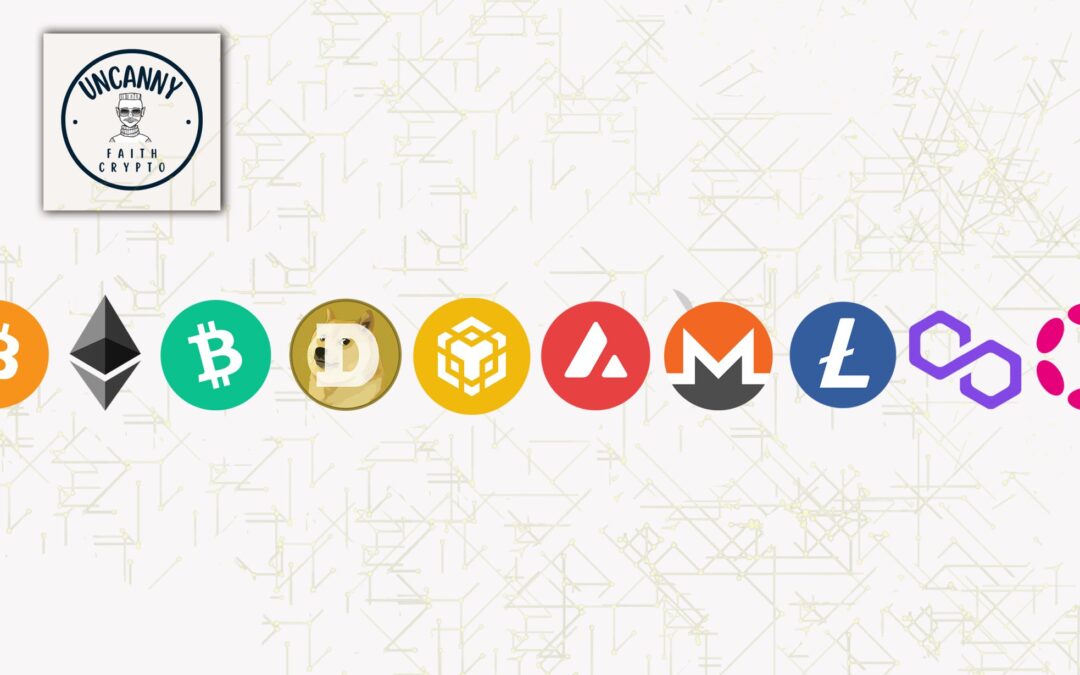Cryptocurrencies have seen explosive growth and transformation over the past decade, reshaping how we think about finance, technology, and decentralisation. Among these changes, the Conflux Network has emerged as a unique player bridging the gap between decentralised blockchain technology and regulated markets in Asia and beyond. But what does the future hold for Conflux Network as we look toward 2025? What key trends will define its evolution in the ever-changing cryptocurrency landscape?
In this in-depth exploration, we’ll break down where Conflux is headed, the pivotal role it could play in the crypto ecosystem, and what trends you, as an investor, tech enthusiast, or observer, should be watching closely.
So, let’s dive in.
What is Conflux Network?
Before discussing key trends for 2025, let’s establish what the Conflux Network is and why it matters. Conflux is a high-throughput Layer 1 public blockchain known for its unique consensus mechanism that combines Proof of Work (PoW) and the Tree-Graph structure. Unlike traditional blockchain architectures, which sometimes face scalability issues, Conflux uses this combination to achieve higher transaction speeds while maintaining decentralisation and security.
More importantly, Conflux operates as the only regulatory-compliant public blockchain in China. This distinction not only makes it a rare beast in the crypto industry but also positions it as a promising player in bridging Eastern and Western blockchain developments.
Now, let’s talk about the future. Where could this innovative network go in 2025?
Trend #1: Mainstream Adoption of Blockchain Technology in Asia
One of the biggest factors poised to shape Conflux’s future is the increasing adoption of blockchain technology across Asia by governments, businesses, and consumers. Conflux’s compliant status in China already gives it an edge, but by 2025, we expect to see this positioning evolve further.
In countries like China, where regulatory oversight of crypto has been heavy-handed, Conflux offers a middle ground. Companies looking to integrate blockchain for operational efficiencies—whether in supply chain management, DeFi, or gaming—could turn to Conflux for secure, scalable, and compliant solutions.
More importantly, CBDCs (Central Bank Digital Currencies) are accelerating in China, and blockchains like Conflux could play a foundational role in supporting these movements. Conflux has already been used in various pilot projects for cross-border payments and digitised token solutions. By 2025, these use cases might explode.
Trend #2: The Rise of Blockchain Interoperability
Another key trend for 2025 is the rise of interoperability in blockchain ecosystems. No blockchain is an island; the crypto industry is moving ever closer to multi-chain and cross-chain functionalities to maximise utility.
Conflux Network, with its strong partnerships in both Western and Eastern crypto markets, is uniquely positioned to act as a bridge between these two spheres. Imagine seamless transactions between Ethereum-based Decentralised Finance (DeFi) platforms in Europe and Asia, all using Conflux as the underlying connector.
In fact, its Tree-Graph architecture already makes Conflux scalable enough to support such integrations. By reducing latency and ensuring low fees, it makes blockchain-to-blockchain connections smoother, fostering stronger interoperability.
Trend #3: Web3 Innovation on Conflux
Web3, the decentralised internet, is no longer a buzzword—it’s becoming a reality. By 2025, almost every sector—gaming, finance, retail, and even healthcare—could have integrated Web3 elements into their operations. Conflux Network is primed to support these innovations, particularly in Asia.
Projects building on Conflux are already exploring exciting Web3 use cases. For example, Conflux has seen traction in NFTs (Non-Fungible Tokens) by allowing businesses to mint more cost-effective, eco-friendly tokens. In a Web3-dominated world, Conflux’s high-speed, low-fee ecosystem could enable wider adoption of play-to-earn gaming, metaverse land ownership, and decentralised identity services.
Additionally, with increasing focus on sustainability in blockchain networks, Conflux’s energy-efficient hybrid consensus mechanism gives it a competitive edge. Investors and users prioritising green technologies will likely favour networks like Conflux.
Trend #4: Partnerships and Collaborations in a Borderless Economy
Cryptocurrency is a global movement, and partnerships are vital for any blockchain network to truly succeed. Conflux’s ability to tread regulatory waters smoothly in China and its recent collaborations with global initiatives make it a key partner for governments, banks, and enterprises.
By 2025, expect broader institutional adoption across Asia and beyond. Partnerships with Chinese tech giants such as Tencent or Baidu, or cross-border blockchain initiatives with countries in Southeast Asia, are well within the realm of possibility. This can further bolster trust and drive Conflux’s adoption within both public and private sectors.
Trend #5: Increasing Token Utility and Decentralised Applications (dApps)
The utility of Conflux’s CFX token is going to be a critical aspect of its growth story by 2025. Currently, CFX is primarily used for transaction fees, staking, and governance within the ecosystem. But as more dApps are deployed on Conflux, the token’s value and use cases are likely to expand significantly.
Imagine using CFX tokens to power innovative real-world services, whether it’s purchasing NFTs, staking within liquidity pools, or interacting with truly decentralised digital ecosystems. By creating more demand for its native token, Conflux will ensure its long-term sustainability and interest within the investor community.
Moreover, as competition among Layer 1 blockchains intensifies, Conflux’s sustained focus on developer-friendly tools will encourage more dApps to build on its infrastructure, inevitably driving increased token value.
Trend #6: Greater Decentralisation and Security
Conflux has managed to stay true to the core tenets of blockchain—scalability, decentralisation, and security. By 2025, these principles will become even more critical as malicious actors look to exploit vulnerabilities in existing systems. Conflux’s Tree-Graph consensus mechanism places it in a secure yet adaptive category for meeting high user demand while minimising risks.
In the future, further improvements to their protocols could enhance the decentralisation of the network while incorporating advanced cybersecurity measures.
The Road Ahead for Conflux in 2025
So, where exactly does Conflux stand in 2025? Summing it up, here are the key takeaways:
- Conflux will benefit from Asia’s rapid blockchain integration and its regulated foothold in China.
- Blockchain interoperability, powered by Conflux’s architecture, could make it a central player in cross-border decentralised ecosystems.
- Web3 adoption, especially in areas like NFTs and metaverse platforms, will add layers of functionality to its ecosystem.
- Expanding partnerships with some of the largest enterprises and governments globally could further consolidate its position.
- Enhanced decentralisation, security, and scalability will ensure future viability for both developers and end-users.
While competition in the Layer 1 space will remain fierce, Conflux’s unique positioning as both regulatory-compliant and technologically advanced gives it a distinct advantage in capturing market share as we march toward 2025.
Frequently Asked Questions (FAQ)
1. What is the main advantage of using the Conflux Network?
Conflux’s hybrid consensus mechanism (Tree-Graph structure) allows for higher transaction speeds without sacrificing decentralisation or security. Its regulatory compliance in China also opens unique opportunities for adoption in Eastern markets.
2. Will CFX tokens increase in value by 2025?
While no one can truly predict market trends, Conflux’s expanding token utility—alongside potential adoption for enterprise and blockchain projects—positions CFX for long-term growth.
3. How does Conflux support interoperability?
Conflux enables smoother blockchain interoperability with its scalable network design, making it easier to interact with Ethereum-based DeFi protocols and global crypto ecosystems.
4. Why is Conflux important in the Web3 revolution?
As a high-speed, low-cost blockchain, Conflux provides the foundational infrastructure for building Web3 applications, including decentralised finance (DeFi), NFTs, and metaverse use cases.
5. What industries could adopt Conflux by 2025?
Sectors like logistics, gaming, finance, and even public governance could benefit from the secure, scalable applications offered by Conflux.
Final Thoughts
Conflux Network is an innovative player with unmatched potential in regulated crypto markets like China while successfully aligning with global blockchain trends. As adoption grows in the broader cryptocurrency space, Conflux is well-poised to lead the charge in scalability, interoperability, and Web3 integration by 2025.
Are you ready to watch Conflux reshape the narrative of blockchain? Stay tuned because 2025 might just be its year. Share your thoughts below—we’d love to hear them!

